A RUNX1 Longitudinal Natural History Study was launched by a team of NHGRI investigators at the NIH Clinical Center in early 2019. For more information, see Protocol 19-HG-0059 or ClinicalTrials.gov Identifier: NCT03854318.
To learn more or enroll in the Natural History Study, email natalie.deuitch@nih.gov.
Explore this page
Meet the Team
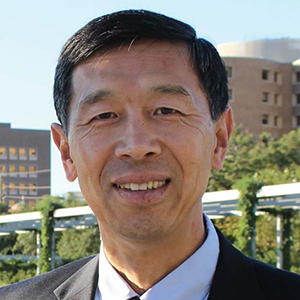
Paul Liu, M.D., Ph.D., is an expert on leukemia genetics and genomics, especially for leukemia and other diseases associated with mutations in RUNX1 and CBFB genes. He proposed and established the RUNX1 Natural History Study within the NIH’s Intramural Research Program in 2019. Dr. Liu has had an active research laboratory and been part of the NIH since 1993.
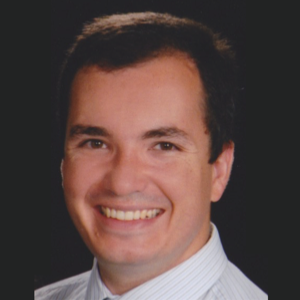
David Young, M.D., Ph.D., is a staff clinician of the National Heart, Lung, and Blood Institute (NHLBI) where he conducts early-phase clinical trials for the treatment of bone marrow failure diseases and serves as the clinical director of the RUNX1-FPDMM Natural History Study of the National Human Genome Research Institute (NHGRI). Trained as a physician-scientist at the University of Chicago, Dr. Young has been studying bone marrow diseases like FPDMM, MDS, and leukemia in the lab since 2002, and has been treating patients since 2011. A pediatric hematologist and oncologist by training, Dr. Young has a particular interest in the inherited disorders of the marrow like RUNX1-FPDMM that can affect patients as early as birth with lifelong implications for patients of all ages.
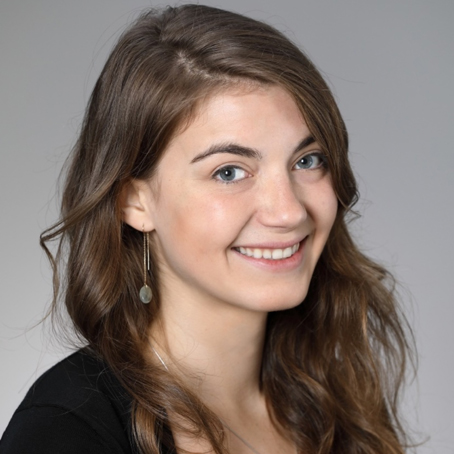
Natalie Deuitch, M.S., C.G.C., is a genetic counselor with the National Human Research Institute (NHGRI). She provides genetics education and counseling to RUNX1 Natural History Study participants and their family members. Natalie has an interest in supporting families with rare diseases, and has significant experience in clinical genetics research.
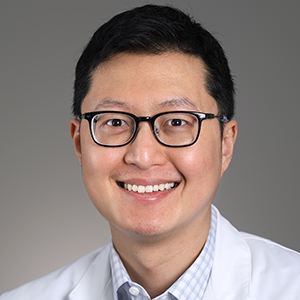
Shawn Chong, PA-C., is the physician assistant in the lab of Dr. Liu at the National Human Genome Research Institute who evaluates and treats the participants in the RUNX1-FPD natural history study. He also performs clinical procedures and coordinates the schedules for patients during their annual visits to NIH.
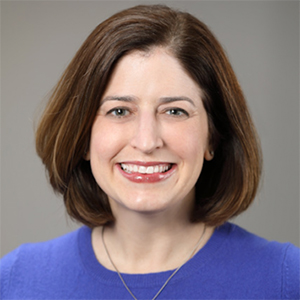
Kathleen (Katie) Craft, B.S.N., R.N. – Research Nurse Specialist – is the lead RUNX1 Program Research Nurse. Katie coordinates elements of patient visits to NIH. These responsibilities include answering study related questions prior to arrival, assisting with the visit schedule, guiding patients through their visits, and communicating with patients after their visit. Katie has been a pediatric nurse since 2000 and has been at NIH since 2007 working with many patient populations including those with leukemia or requiring stem cell transplantation. Katie enjoys working with patients across the age spectrum and is focused on making your visit to NIH as smooth and productive as possible.
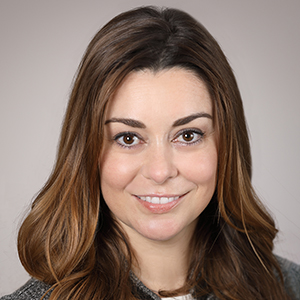
Erica Bresciani, Ph.D., is a staff scientist in Dr. Paul Liu laboratory at the National Human Genome Research Institute. She is the RUNX1-FPD Lead Scientist who coordinates the research activities of the RUNX1-FPD Research Study. Dr. Bresciani received her Ph.D. in Cellular and Molecular Biology from The University of Milan, Italy. She has been studying the roles of RUNX1-CBFB in blood development and blood stem cells since 2011.
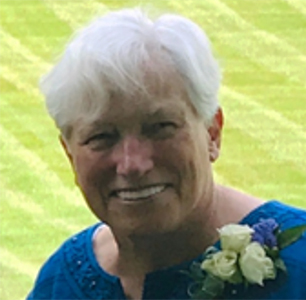
Joie Davis, PPNP-BC, AGN, is a nurse practitioner, specializing in Genetics, associated with NIH since 1995. She has participated in studies involving inherited immune and connective tissue disorders, conditions prevalent among the Amish, Parkinson and Gaucher disease and most recently joined the RUNX1 study group. Connecting with individuals and families impacted by a genetic disorder is what gets Joie out of bed every morning. It is a joy for her to share their experience and a privilege to support their journey.
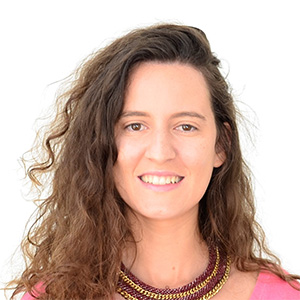
Catarina (Cat) Menezes, Ph.D., is a postdoctoral fellow in Dr. Paul Liu’s laboratory at the National Human Genome Research Institute. She has been studying the functional impact of different RUNX1 variants identified in RUNX1-FPD patients and has recently expanded this study to platelets biology. Dr Menezes received her Ph.D. in Medicine from Cardiff University, United Kingdom. There she began her studies into the RUNX family of transcription factors and their involvement in blood development and AML.
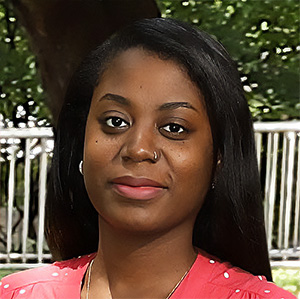
Bisi Lawal, M.D., Ph. D., serves as an Adult Hematologist at the National Heart, Blood and Lung Institute within the NIH. Dr. Lawal is a physician-scientist who trained as both a cell biologist in the lab and a doctor in the clinic taking care of adults with benign blood diseases and those with blood cancers.
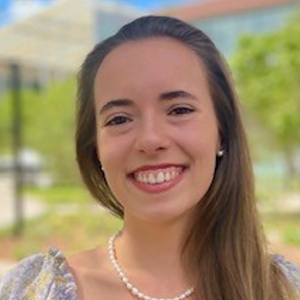
Amra Kajdic, B.S., is a postbaccalaureate fellow at the National Human Genome Research Institute. Amra is involved in the research activities of the RUNX1-FPD Research Study. She coordinates the processing of research samples for the RUNX1-FPD Natural History Study and coordinates sample deliveries to collaborators for the study. Amra received her Bachelor of Science from the University of North Florida and plans to pursue medical school.
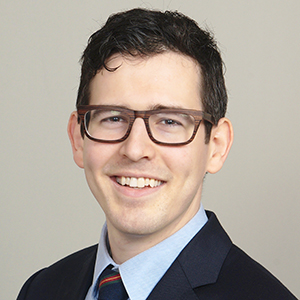
Matthew Merguerian, M.D., Ph.D., is an Assistant Professor at the Johns Hopkins University School of Medicine and a special volunteer researcher at the NIH. He helped launch the RUNX1-FPD Clinical Research study in 2019 during his fellowship at the NIH, and he continues to contribute as a volunteer. In his clinical practice, he evaluates and treats children with bleeding disorders. His research focus is on disorders of platelet formation and function.
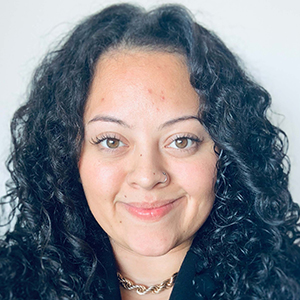
Jocelyn K. Ruiz Diaz is the Patient Care Coordinator (PCC) who is tasked with arranging the travel accommodations for patients participating in protocols under the National Human Genome Research Institute (NHGRI), including the RUNX1 Natural History Study. Before transitioning to her new role, Jocelyn was the Clinical Operations Manager for the Undiagnosed Diseases Program, and helped her team gather patient information for review. She has taken over for Jose A. Salas, who was the PCC for 13 years, and is excited to interact with the patients and provide a seamless experience before, during, and after their NIH visit.
Last updated: November 5, 2024
